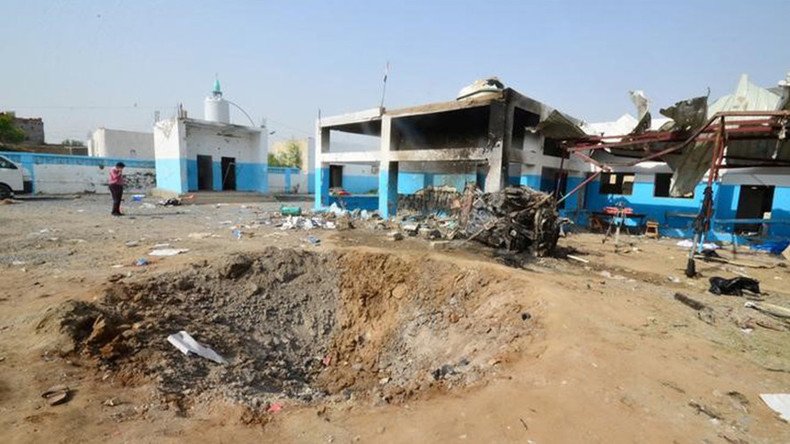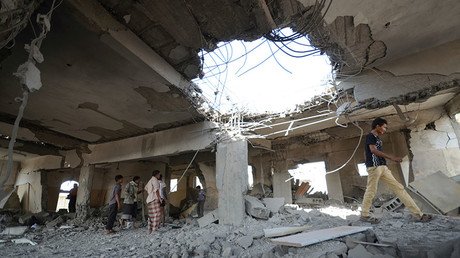‘Yemen on brink of abyss’: Over 7,000 killed, 37k injured & 2.1mn displaced by conflict

Yemen stands on the “brink of the abyss” following 19 months of Saudi-led military intervention, the UN and the World Health Organization warned, revealing new figures of over 7,000 dead and almost 37,000 injured.
The WHO announced Monday that at least 7,070 people had been killed and over 36,818 injured as of October 25 since Saudi Arabia began battling Houthi insurgents in March 2015.
“People are dying ... the infrastructure is falling apart ... and the economy is on the brink of abyss,” UN envoy to Yemen, Ismail Ould Cheikh Ahmed, said in Sana’a.
The situation in Yemen is bound to deteriorate further, as more than half of the country’s medical facilities have been destroyed or shut down as fighting continues. The “critical shortage” of doctors, Cheikh Ahmed warned, exacerbates a ”very dangerous” health situation in a country which is suffering an outbreak of cholera cases, and in which 21 million people are in need of urgent health services.
Cheikh Ahmed urged the warring parties in Yemen to “make some concessions” and allow aid in to help the local population. Over 2 million civilians have been internally displaced.
Saudi Arabia intervened in the Yemen conflict to restore ousted Sunni president Abd-Rabbu Mansour Hadi to power in March 2015. Since the beginning of the war, there have been reports of Saudi jets targeting schools, hospitals, marketplaces and other civilian buildings. Peace talks mediated by the UN which aimed to bring hostilities to an end faltered in August, and fighting continued.
According to the latest WHO survey examining the conflict, Yemen faces critical shortages of medical staff in over 40 per cent of Yemeni districts. Some 49 out of 276 districts have no medical doctors on the ground at all. Some 42 percent of the districts have two doctors or less.
READ MORE: At least 17 civilians killed by Saudi-led coalition airstrike in Yemen — officials
The same study also discovered that 274 health facilities have been damaged. The war has left only 6.2 beds available for every 10,000 people.
To date, 2733 suspected #cholera cases have been reported in #Yemen. WHO & partners continue to detect & treat all suspected cholera cases. pic.twitter.com/pEwJ4WnHyd
— WHO Yemen (@WHOYemen) November 7, 2016
After examining 16 out of 22 Yemen’s governorates, using the WHO’s Health Resources Availability Mapping System (HeRAMS), the survey discovered that out of total 3,507 medical facilities, only 45 percent (1,579) are fully functional and accessible. Partially functional medical centers stand at 1,343 or 38 percent of the overall total, while 504 medical facilities or 17 percent are non-functional.
Saudi Arabia working overtime to 'disappear' Yemen as a political entity (Op-Edge) https://t.co/TCsfabKBqBpic.twitter.com/elQknJDaTV
— RT (@RT_com) November 2, 2016
“These critical shortages in health services mean that more people are deprived of access to life-saving interventions,” WHO said in a statement. “Absence of adequate communicable diseases management increases the risk of outbreaks such cholera, measles, malaria and other endemic diseases.”













